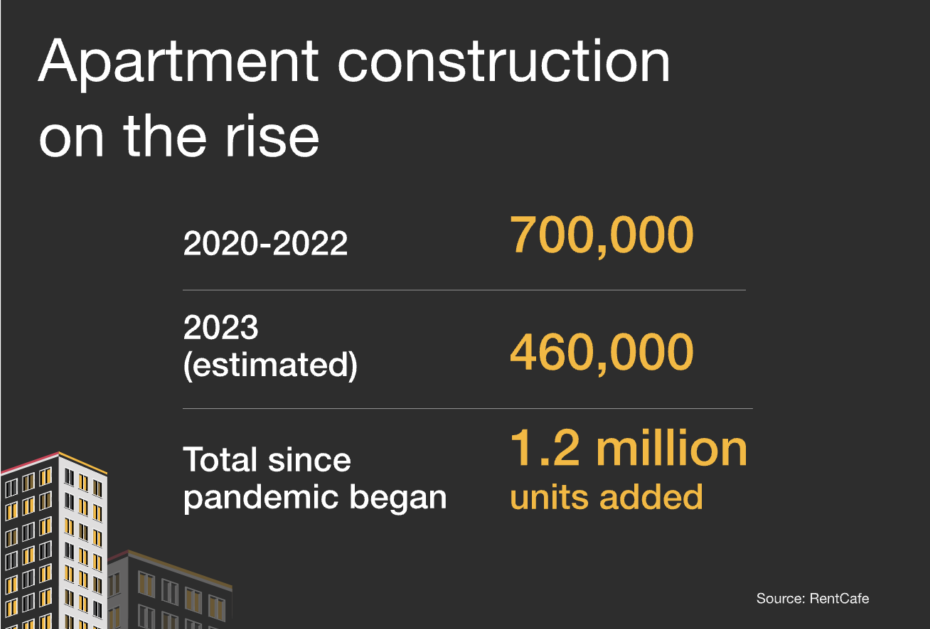Industry leaders suggest it is time to let go of any notion that the real estate market will return to pre-pandemic conditions.
Rather, according to PWC’s Emerging Trends in Real Estate report, pundits say they’ve accepted that a large number of Americans might not return to offices, a possibility that they say has “profound implications” not only for owners of commercial properties but also multifamily property owners as well as urban downtowns, other property sectors, and any neighborhood that depends on vibrant local office markets.
Housing affordability remains a primary concern in today’s real estate market, according to the report, which last year noted that affordability had fallen to its lowest level in 30 years. “This year, it’s even worse, especially for homebuyers,” the authors note, adding that “a troubling combination of rising home prices and rapid increases in borrowing costs has put home purchases further out of reach for more people.”

The solution, as suggested in previous PWC reports, lies in adding to the housing supply.
That is happening. Builders across America are on pace to add 460,000 apartment units to the 700,000 constructed since the onset of the pandemic, and that is making conditions slightly more favorable for renters over homebuyers.
New construction at most price points usually benefits the overall situation, the experts said, but not always.
“The reality is we do not build enough units affordable to lower-income tenants, so not all new supply will necessarily improve affordability,” according to industry insiders.
Industry leaders interviewed for this year’s Emerging Trends report said some concern is compounded by elevated interest rates, which they speculate will remain high for at least the next year and maybe longer.
On a positive note, those pundits predict the worst of inflation is in the past, which should give the Federal Reserve cause to pause rate hikes.
Local market rankings
Following some fundamental shifts in the immediate aftermath of the COVID-19 pandemic, market preferences have “surprisingly not radically changed in the past two years,” according to report respondents, who say the best real estate opportunities remain in markets situated along an arc (or “smile”) in the southern third of the country.
Nashville ranks No. 1, a so-called “supernova” market. Supernova markets such as Nashville are characterized by their tremendous and sustained population and job growth and above-average levels of economic diversity and white collar employment, which leads to strong investor appeal.
Phoenix, Dallas, and Atlanta (No. 2, 3, and 4) are known as Super Sun Belt markets, “large and diverse but still affordable, forming powerhouse economies that attract a wide range of businesses.”
Rounding out the top five is Austin, also considered a Supernova market.
The full Emerging Trends in Real Estate report is available at PWC.com.

 theMReport.com Your trusted source for mortgage banking news
theMReport.com Your trusted source for mortgage banking news








